
Beginner’s Guide to Outdoor Adventures: Hiking, Camping, and Beyond
Venturing into the great outdoors requires basic gear to ensure safe and enjoyable adventures. A sturdy backpack, comfortable boots, and a dependable map form the starter kit for any beginner’s outdoor escapade. These items are not just whimsical choices; each plays an indispensable role in your journey. A nicely padded backpack can hold essential supplies, boots will help navigate rough terrain, and a map is your guide in unfamiliar territory. Now, let’s dig deep into what makes these pieces of gear so important.
For beginners starting their outdoor adventures, it’s important to start with simple activities like day hiking or car camping to build confidence and experience. Invest in suitable footwear, gradually increase the difficulty of trails, and consider joining experienced groups or individuals for outdoor excursions. Always prioritize safety and be mindful of local regulations and environmental impact.
Table of Contents
- Essential Outdoor Gear for Beginners: Backpacks, Boots and Maps
- Establishing a Base Camp: Tents and Camping Essentials
- Tents
- Camping Essentials
- Picking Your Adventure: Choosing the Right Outdoor Activity
- Hiking: Your Path to Exploration
- Level Appropriate Adventures: Understanding Trail Difficulty
- Easy Trails
- Moderate Trails
- Broadening Horizons: Adventure Activities to Consider
- Backpacking
- Packing Tips
- Safety Guidelines
- Kayaking
- Equipment Selection
- Safety Precautions
- Safety First: Preparing for an Outdoor Adventure
- Weather Tracking Resources:
- Safety Tip:
- Maximizing the Experience: Tips for Outdoor Enthusiasts
- Leave No Trace Principles
- Community Engagement
- Book Your Dream Experience
- More Travel Guides
Essential Outdoor Gear for Beginners: Backpacks, Boots and Maps
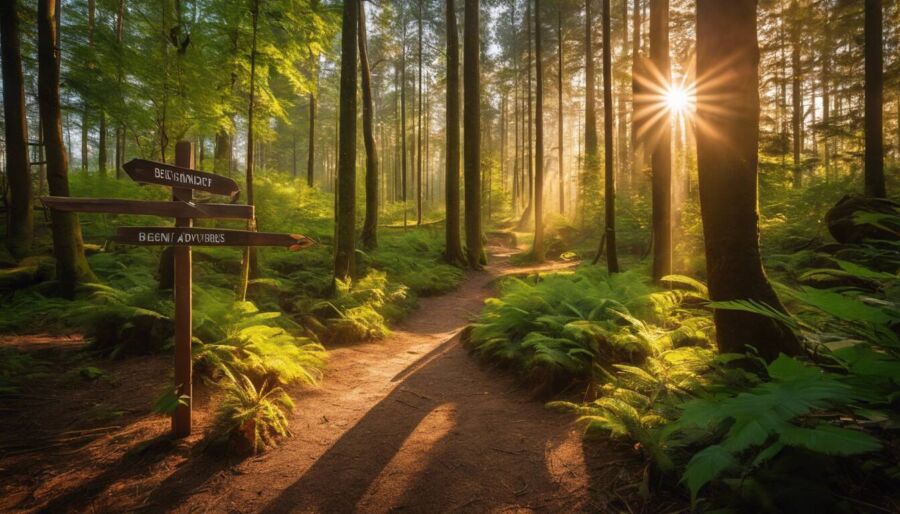
When hiking and camping, having the right gear to keep you comfortable and safe is crucial. Let’s begin with backpacks. A good backpack is like a home on your back. It must fit well, be comfortable, and have enough room for your things. Look for padded straps and back support to make it easier on your back. When looking for a backpack, try on a few to find one that feels good. It should also have adjustable features to make it fit just right. Multiple compartments help you organize your things to find what you need when you need it.
Now, onto boots. Your feet will be doing a lot of work, so they need all the support they can get. Sturdy hiking boots are a must. Look for waterproof ones that cover your ankles – they provide extra support and help keep your feet dry in wet conditions. Breathable materials, like Gore-Tex or eVent, will help keep your feet comfortable during long hikes. Remember, finding the right boots takes time – try on several pairs and walk around the store to see how they feel.
Finally, let’s talk about maps. A map is like a magic door that shows you where to go and helps you get back home again. But reading a map isn’t always easy! Before heading out on any trail, familiarize yourself with the map and compass basics. Knowing how to read key symbols and understand contour lines will keep you from getting lost while exploring nature.
For those looking to understand maps better before setting out on an adventure, helpful resources such as guidebooks and navigation tools are available on our website. These tools provide valuable insights into map-reading techniques and how to use a compass effectively in the great outdoors.
With the right equipment, finding comfort in exploring nature becomes possible for any beginner hiker or camper.
As we forge ahead into mastering the art of camping in nature’s embrace, delve with me into essential knowledge about establishing a base camp, housing within tents, and the necessary accouterments.
Establishing a Base Camp: Tents and Camping Essentials

When you’re prepared to immerse yourself in the great outdoors, setting up your base camp is crucial for a comfortable and safe adventure. Whether it’s a weekend in the woods or a multi-day trek through the backcountry, your tent will be your sanctuary, and having the right camping essentials is vital to ensure you stay warm and well-fed during your outdoor escapade.
Tents

Selecting the right tent can make or break your camping experience. Consider the capacity you need; aim for a tent that accommodates one more person than you’ll actually be hosting. This extra space can accommodate gear and provide a bit more elbow room. Ensure the tent is weather-resistant, especially if you’re facing unpredictable conditions. Look for tents made of high-quality and durable materials with waterproofing. A user-friendly setup can turn an exhausting task into a simple joy after a long day of exploring.
One example of a beginner-friendly option is the “Coleman Sundome Tent,” which offers easy setup, reliable weather resistance, and multiple sizes to fit diverse needs.
Before heading into the wilderness, it’s essential to familiarize yourself with setting up your tent. Practice pitching it in your backyard or a local park to save valuable time and avoid unnecessary stress when nature throws curveballs at you.
Camping Essentials
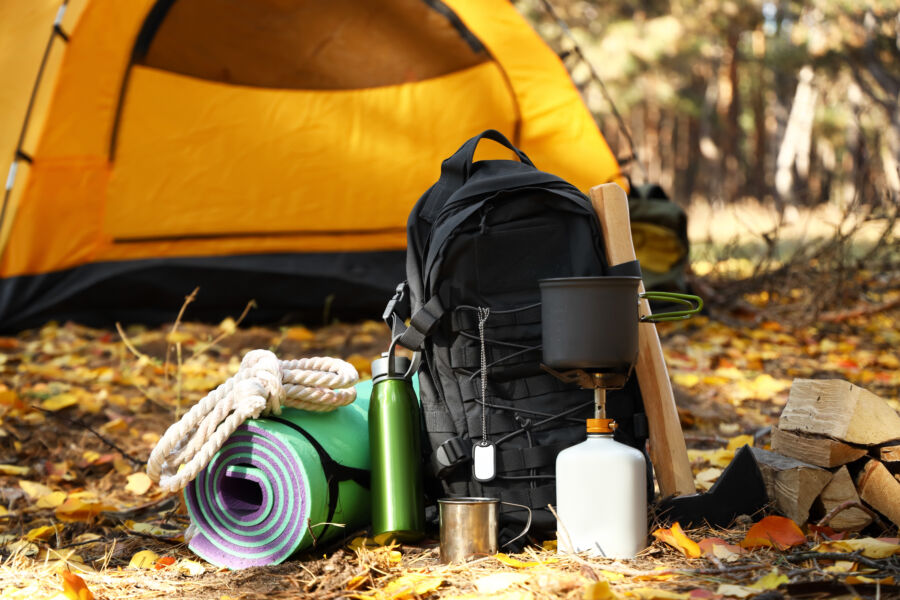
Alongside your shelter, packing necessary camping gear is crucial. Create a checklist including season-appropriate sleeping bags, cooking equipment for making hearty meals outdoors, and lighting gear to keep things bright at night.
Preparedness is key when spending the night outdoors—it’s about comfort and safety. Packing additional layers of clothing, emergency blankets, and first-aid kits can make all the difference between an enjoyable outdoor experience and an unpleasant one.
It’s always advisable to explore in-depth camping guides available on our website that delve into specific gear recommendations, safety tips, and insider insights from experienced outdoor enthusiasts.
With these essential details in mind, establishing a solid base camp starts with finding the right tent for your needs and ensuring you have all the necessary camping gear to keep you comfortable, secure, and well-prepared for any adventure.
Picking Your Adventure: Choosing the Right Outdoor Activity
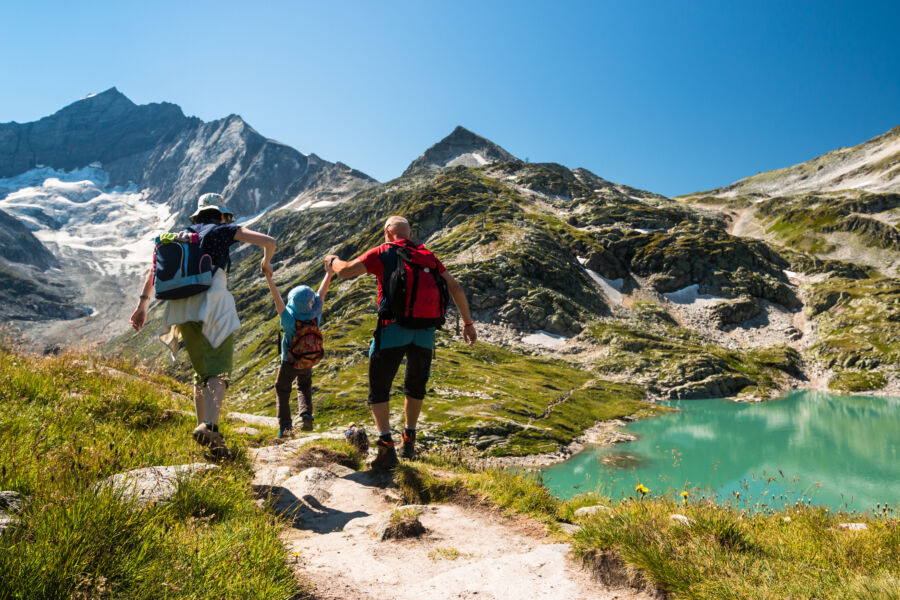
So, you’ve decided to embrace the great outdoors! The question now is, where do you start? The world of outdoor activities is vast, and there’s something for everyone. While hiking and camping are some of the most popular options, each offers its own unique experience and set of challenges. Let’s break down what each has to offer so you can decide which aligns best with your interests and abilities.
Hiking: Your Path to Exploration

Hiking might be perfect if you enjoy being surrounded by nature, love thrilling scenery, or are looking for an activity that works your muscles.
When selecting your hiking trail, begin with something beginner-friendly that aligns with your fitness level. Consider trails that offer breathtaking views without being too strenuous. Look for trails with well-marked paths and moderate distances to ease into the experience. Choose trails that match your fitness level and present achievable challenges. Remember, hiking isn’t just about reaching a destination; it’s about embracing the journey, the surroundings, and the experience along the way.
Proper footwear is crucial for an enjoyable hike. Investing in sturdy hiking boots or shoes designed for rugged terrain will provide adequate support and protection for your feet. Additionally, layering clothing allows flexibility to adapt to changing weather conditions during your journey.
Some may prefer shorter, more leisurely hikes where they can focus on photography or simply soak in the tranquility of nature. Others might crave longer treks that test endurance and lead to awe-inspiring viewpoints. Each hiker has their preference and pace, and the beauty of hiking is that it can be tailored to suit diverse interests and abilities.
As for essential gear, lightweight backpacks with adjustable straps, water bottles or hydration packs, navigation tools such as maps or GPS devices, and portable first aid kits are paramount. A sunhat, sunglasses, sunscreen, and insect repellent are additional necessities for a comfortable trek.
With hiking insights well underfoot, let’s pitch a tent and explore the ins and outs of camping.
Level Appropriate Adventures: Understanding Trail Difficulty
When beginning hiking or trail running, picking trails matching your skill level is crucial. Trail difficulty varies based on length, elevation gain, terrain type, and other features. Here’s a breakdown of the different trail difficulty ratings:
- Easy Trails: Ideal for beginners and families, these are typically less than 5 miles in length with minimal elevation gain (less than 500 feet). They have well-marked paths and are perfect for those new to hiking or who want a leisurely walk in nature.
- Moderate Trails: These offer more challenge and adventure. They usually range from 5 to 10 miles long, have moderate elevation gain (500 to 1500 feet), and may involve rough terrain. They are great for hikers and trail runners looking for a more challenging experience without going overboard.
Understanding trail difficulty ratings is crucial when planning an outdoor adventure. It ensures that you’re embarking on a journey that matches your current skill level, making the experience enjoyable and safe.
Trail markers play a vital role in guiding hikers through various terrains. Different colored blazes on trees or rocks and trail signs provide valuable information about the trail, its difficulty, and potential hazards.
Easy Trails
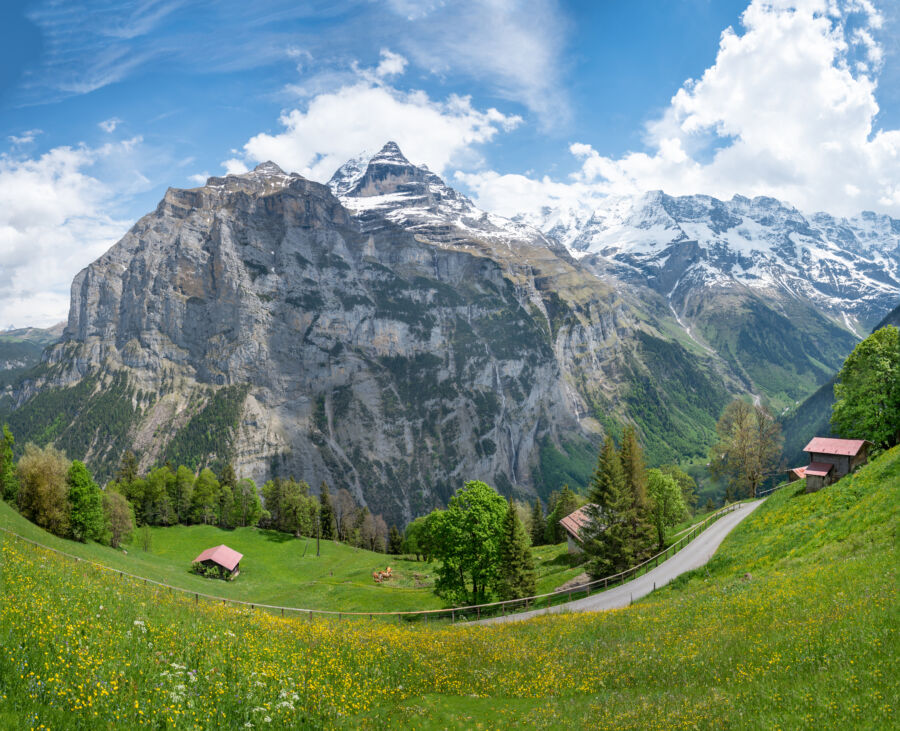
These are great options for beginners, families, and anyone seeking a tranquil outdoor experience. They are typically well-maintained and ideal for introducing children to nature. When exploring easy trails, keep an eye out for trail markers that indicate the direction of the path. Familiarizing yourself with these markers will help you navigate without confusion.
Here are some key details to consider when selecting an easy trail:
- Trail Length
- Terrain Type
- Scenic Points of Interest
- Accessibility
- Amenities (Restrooms, Picnic Areas)
The website offers detailed descriptions and trail maps of various easy trails, allowing informed decisions about outdoor excursions. With this resource at your fingertips, confidently plan your next adventure on an easy trail that suits your needs.
The safety aspect of exploring easy trails cannot be overlooked. Even though these trails are beginner-friendly, preparing adequately by carrying essentials like water, snacks, first aid kits, and navigation aids is crucial. Additionally, informing someone of your intended route and estimated return time is always a smart practice when venturing into nature.
Moderate Trails

Presenting a step up in challenge while still catering to hikers and runners with intermediate skills. When tackling moderate-level trails, safety remains a top priority. Carrying additional supplies such as extra water, energy-rich snacks, and proper navigational tools becomes more crucial as the terrain becomes less predictable.
The website’s trail guides provide comprehensive insights into the characteristics of moderate trails, including elevation profiles, notable landmarks, and potential obstacles. These resources empower adventurers to plan effectively and anticipate what awaits them on their chosen path.
Safety tips specific to moderate-level trails are also highlighted on the website, covering areas such as:
- Proper Footwear Selection
- Navigational Tools
- Weather Preparedness
- Wildlife Awareness
By equipping yourself with knowledge about moderate trails through detailed guides and safety resources on the website, you can confidently embark on immersive outdoor experiences that offer challenges and rewards.
As you become familiar with suitable trails based on your skill level, it’s time to explore a range of exhilarating adventure activities that can elevate your outdoor escapades.
Broadening Horizons: Adventure Activities to Consider
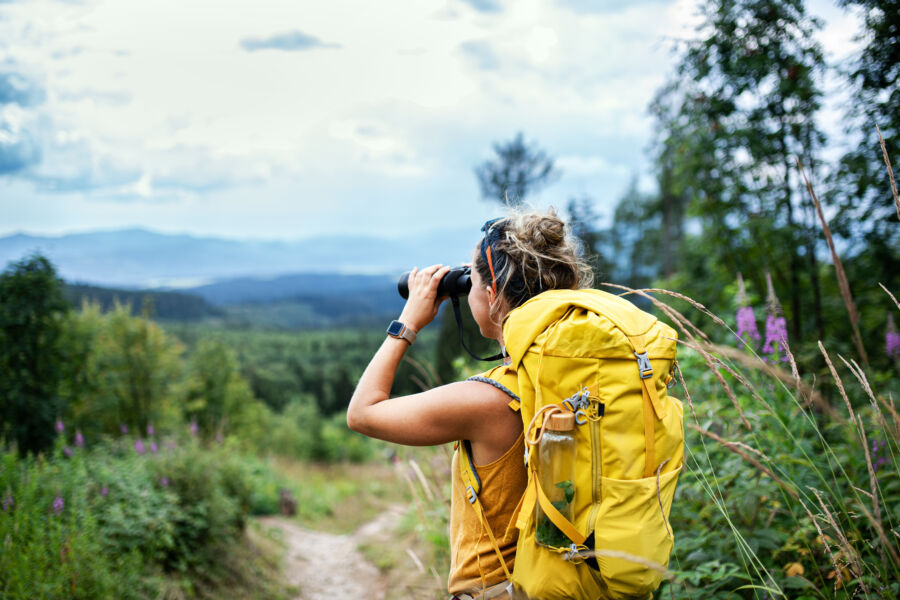
When you’re ready to take your outdoor adventures to the next level, consider backpacking and kayaking. These activities provide unique opportunities for exploration and adventure, allowing you to connect with nature in new and exhilarating ways.
Backpacking
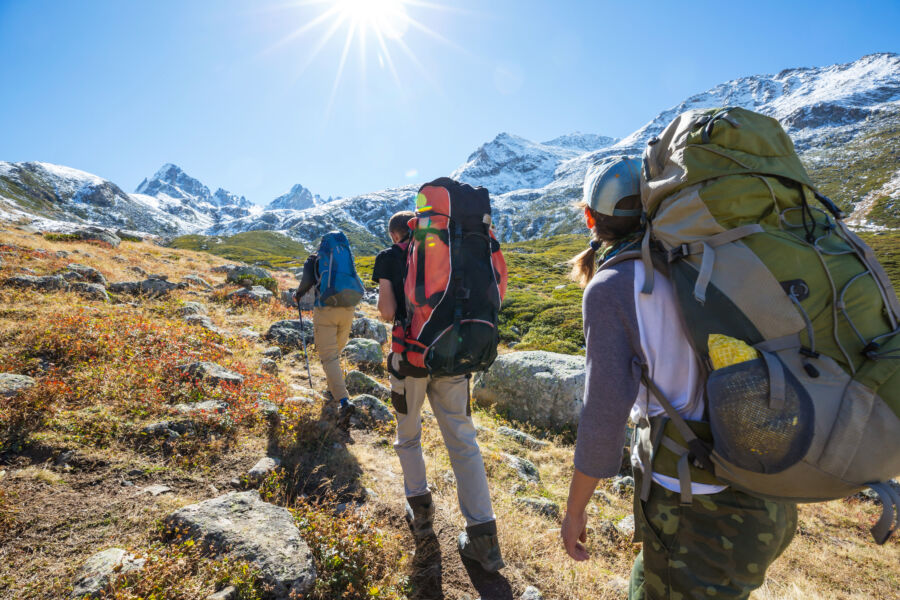
Backpacking is like hiking but with a twist. Instead of just venturing out for a day, backpackers head out for days or weeks at a time, carrying everything they need on their backs. It allows you to explore more remote locations and truly immerse yourself in the great outdoors. Exploring beyond the beaten path can be an incredibly rewarding experience where each step takes you further from civilization and closer to the wonders of nature. Picking up a well-packed bag and walking into the wilderness can be both awe-inspiring and humbling—a journey that challenges your physical abilities while nourishing your soul.
Packing Tips
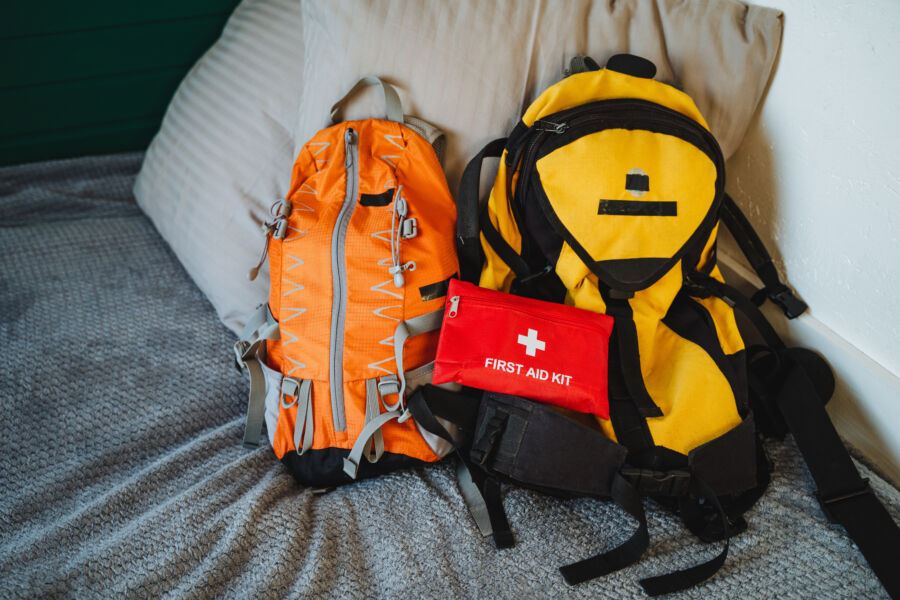
Packing for a backpacking trip requires careful consideration, as every item you bring must be carried. Essential gear includes a lightweight tent, sleeping bag, cooking stove, and durable backpack. Dehydrated meals are popular for packing food due to their lightweight and long shelf life.
Safety Guidelines

As you venture into remote areas for several days, it’s important to be prepared for unexpected encounters with wildlife and changes in weather conditions. Understanding basic navigational skills, being mindful of potential hazards in the wilderness, and having a solid communication plan can make all the difference in ensuring a safe and enjoyable trip. Starting with shorter, less challenging routes is advisable for those new to backpacking. Several national parks and designated backcountry areas offer beginner-friendly backpacking routes with marked trails and established campsites, providing an excellent introduction to multi-day hiking adventures.
Consideration: Look at our website for destination guides for specific backpacking trails.
Kayaking

Taking to the water in a kayak opens up a new world of outdoor exploration. Whether it’s navigating calm rivers or gliding across serene lakes, kayaking offers a peaceful yet thrilling way to connect with nature.
Equipment Selection
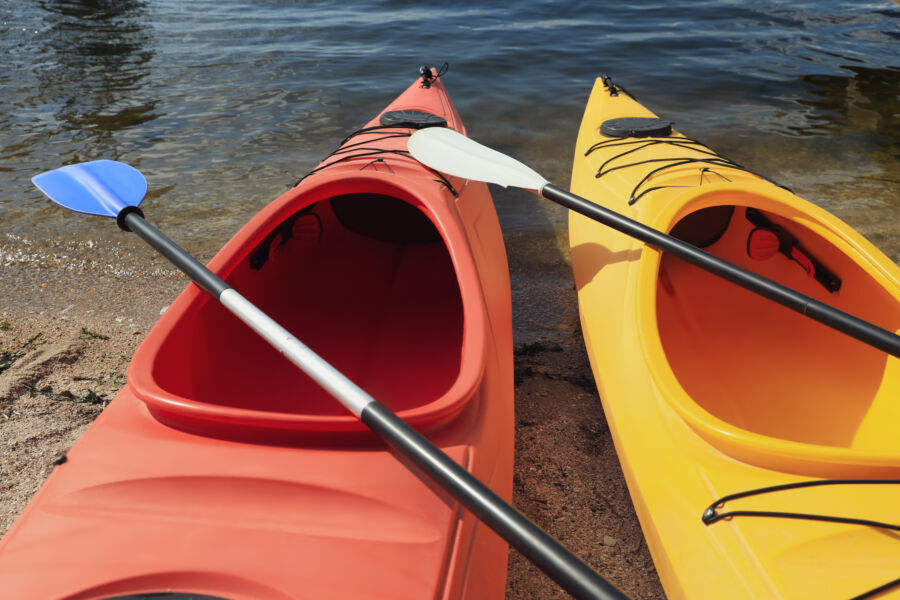
Choosing the right kayak and paddle is crucial for a safe and enjoyable kayaking experience. Sit-on-top kayaks are popular among beginners due to their stability and ease of use, while inflatable kayaks are convenient for transport and storage.
Safety Precautions
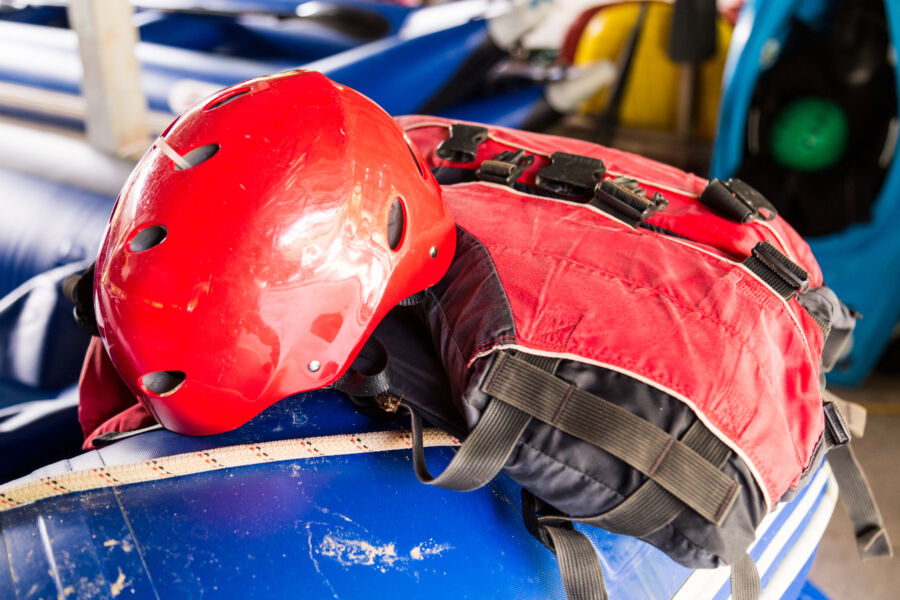
Before setting out on a kayaking adventure, it is essential to understand basic water safety practices, such as wearing a personal flotation device (PFD) and maneuvering your kayak efficiently. Learning essential rescue techniques also ensures preparedness in case of emergencies.
From picturesque coastlines to tranquil inland waterways, numerous stunning destinations are ideal for kayaking experiences. Exploring sea caves along coastal cliffs or meandering through serene mangrove forests provides diverse opportunities for exciting and memorable outings on the water.
Suggestion: Check out our kayaking guides and equipment resources available on our website.
Transitioning from broadening our horizons with backcountry adventures and water escapades, let’s focus on fortifying our knowledge of staying safe during outdoor adventures.
Safety First: Preparing for an Outdoor Adventure

As you prepare to embark on your outdoor adventure, there are essential factors to remember that can make a big difference in your experience. Weather awareness is paramount because nature is unpredictable and can change instantly.
Be sure to keep an eye on the forecast before you head out. Understanding how to interpret weather signs and the indicators of approaching storms or changing conditions will help you prepare for unexpected changes. Always carry appropriate clothing and gear for both the expected conditions and potential changes in the weather. Additionally, having a backup plan in case of sudden shifts will ensure that you’re always one step ahead of any unexpected weather changes.
Weather Tracking Resources:

- The National Weather Service website provides detailed forecasts and alerts for specific locations.
- Weather apps like AccuWeather or The Weather Channel offer real-time updates and radar maps, allowing you to track changes while on the trail.
In addition to being vigilant about weather conditions, first aid should always be a top priority. Accidents can happen, and being prepared with the right tools and knowledge is crucial.
A comprehensive beginner’s guide to first aid for outdoor activities will equip you with the necessary skills to handle common injuries and emergencies that might arise. Understanding how to clean and dress a wound, manage blisters, sprains, and strains, and provide basic care for burns or insect bites can make all the difference in an emergency. Always ensure your first aid kit contains essentials such as bandages, adhesive tape, antiseptic wipes, pain relievers, tweezers, and any personal medications that may be needed.
Safety Tip:
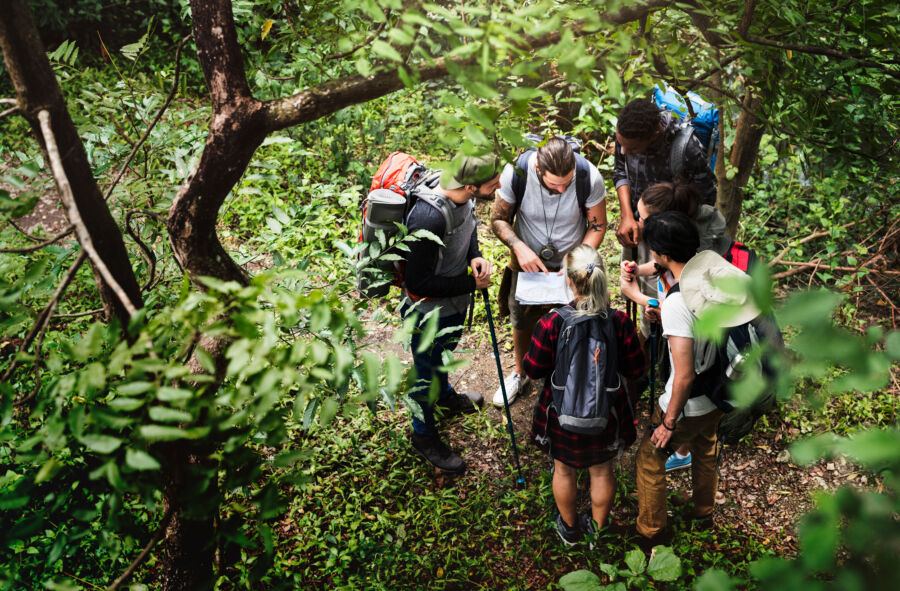
If you encounter wildlife on your outdoor adventure, be sure to maintain a safe distance and never attempt to feed or approach them. To learn more, check out our website’s resources on wildlife safety.
Prioritizing weather awareness and maintaining a well-stocked first aid kit are fundamental strategies for ensuring a safe and enjoyable outdoor adventure.
Maximizing the Experience: Tips for Outdoor Enthusiasts
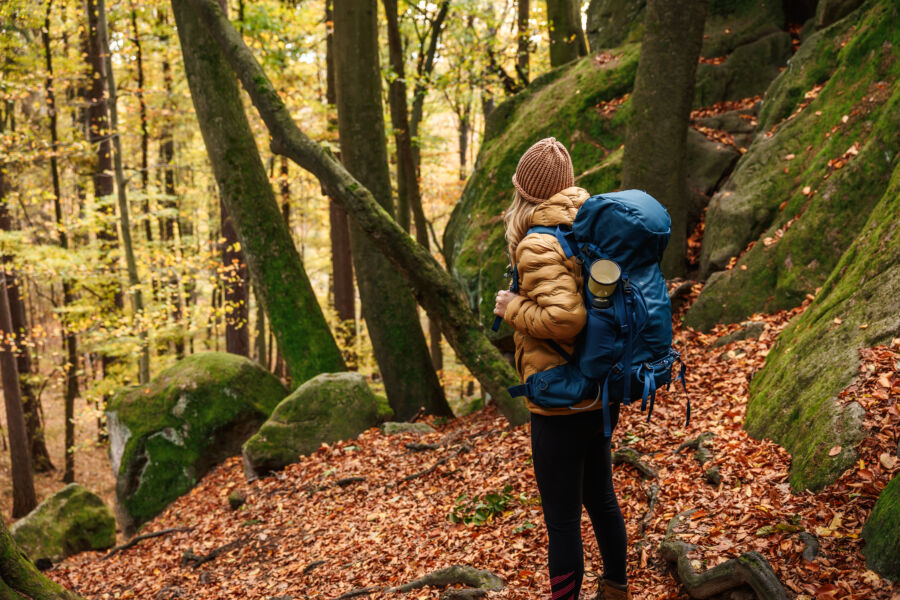
When diving into outdoor exploration, embracing several key principles and practices will enhance your experience and positively impact the environment.
Leave No Trace Principles

The Leave No Trace principles are valuable guidelines designed to minimize the environmental impact of outdoor activities. By adhering to these principles, you ensure that natural spaces remain unspoiled for future generations and foster a sense of responsibility towards conservation and sustainable outdoor behavior. Let’s break down each of these principles:
- Plan and Prepare: Research your chosen destination, acquaint yourself with its rules and regulations, and carefully plan for weather changes, terrain difficulty, and essential gear itemization based on the trip’s duration.
- Travel and Camp on Durable Surfaces: Stick to establish trails and camp at designated sites whenever possible to avoid damaging fragile ecosystems.
- Dispose of Waste Properly: Always pack out everything you pack in—leaving no sign that you were ever there. This includes organic waste like food scraps, which could attract wildlife if carelessly discarded.
- Leave What You Find: Minimize your impact by avoiding disturbing natural elements, such as rocks, plants, or historical artifacts.
- Minimize Campfire Impact: If building a fire, use existing fire rings or a camping stove as an alternative. Always observe local fire regulations.
- Respect Wildlife: Maintain a safe distance from animals and never feed or approach them. Your goal is to observe them in their natural habitat without causing disarray.
- Be Considerate of Other Visitors: Keep noise levels down, yield passage when needed, and cultivate an atmosphere of kindness among fellow outdoor enthusiasts.
By learning and embodying these principles, you contribute to preserving outdoor spaces while fostering an enriching experience for yourself and all those who follow in your footsteps.
Community Engagement
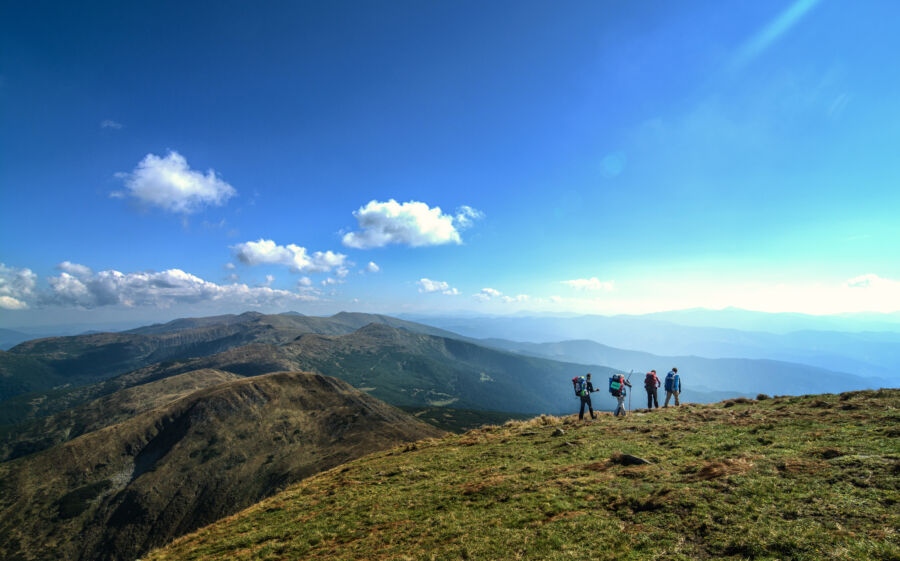
As a beginner embarking on your outdoor journey, engaging with community groups dedicated to hiking, camping, and various outdoor ventures can substantially enhance your experience and promote camaraderie with like-minded individuals.
When you join outdoor clubs or participate in local events, you tap into a wealth of knowledge from seasoned adventurers as well as a sense of solidarity with others who share your passion for nature. Whether it’s joining guided hikes at nearby parks, signing up for volunteer clean-up efforts, or participating in conservation projects, community engagement allows for mutual learning while forming lasting connections within the outdoor enthusiast network.
Moreover, through local community networks and online forums, you can access vital resources such as shared trip itineraries, gear recommendations, safety protocols, and insider insights on lesser-known trails. Linking up with experienced individuals provides an avenue for mentorship and growth while fostering an appreciation for conservation ethics and responsible engagement within the outdoors.
Integrating these tips into your outdoor pursuits will enrich your experiences and create a culture of responsible stewardship over our natural environments—a legacy worthy of passing down to future generations.
In this high-stakes game of finding joy in nature while preserving it for future generations, these steps are arguably your best bet for yourself and the ecosystems you’re exploring.



